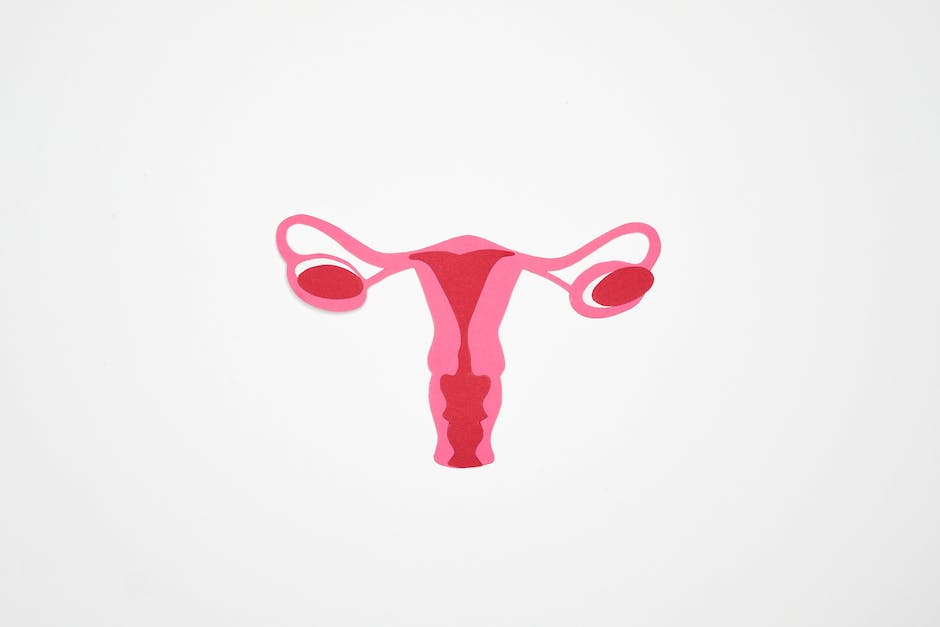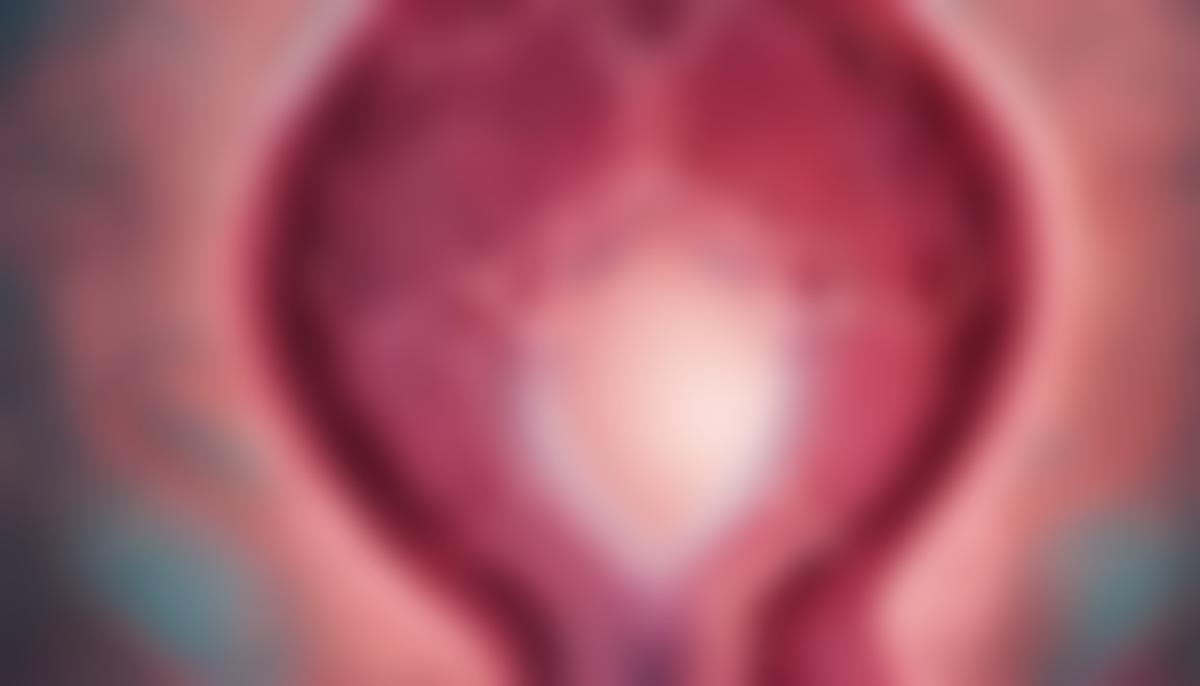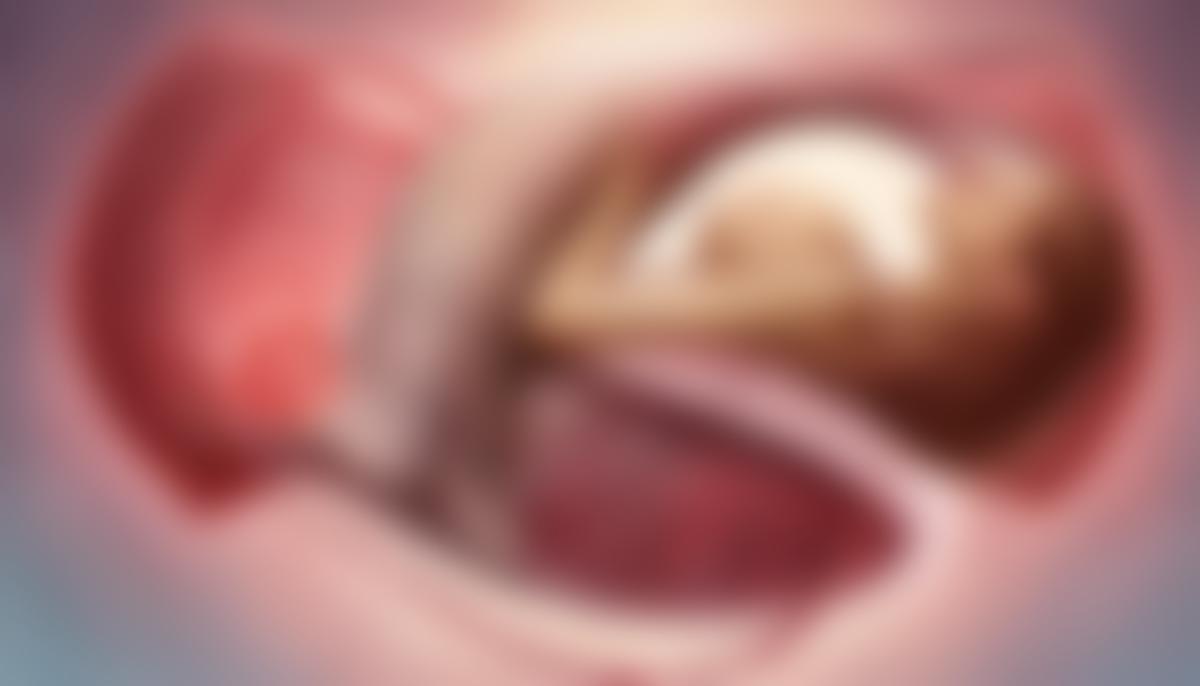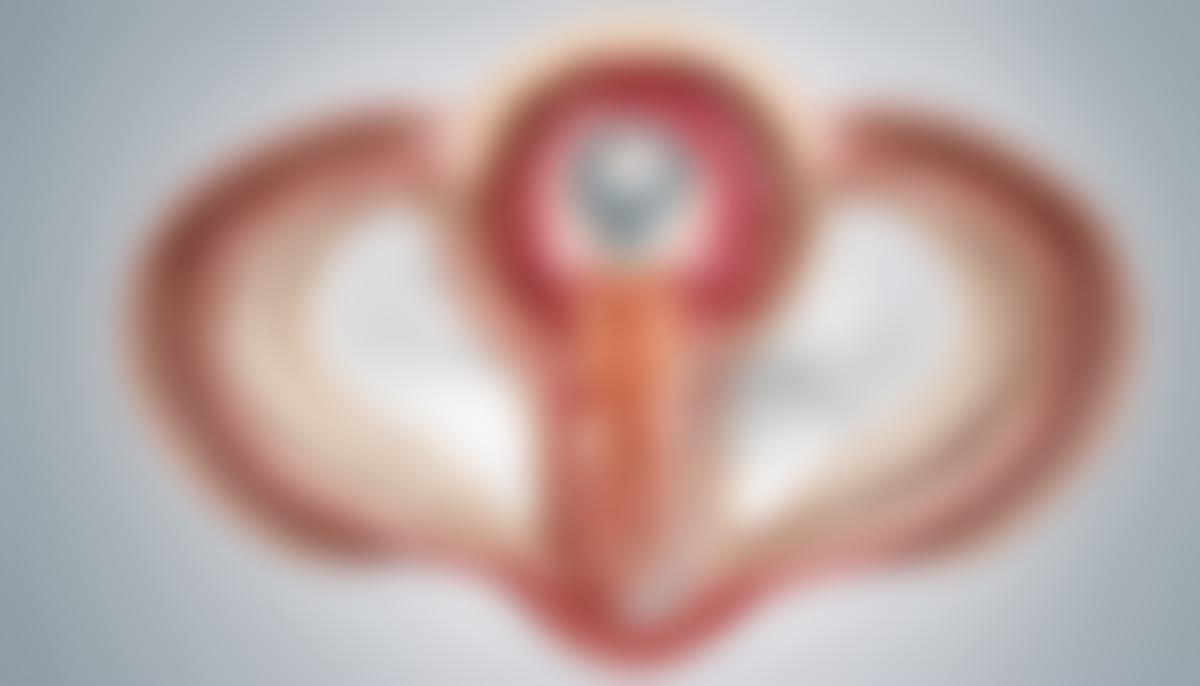In the complex yet fascinating realm of female reproductive health, the notable diversity in the anatomical structure of uteruses presents a vast field for exploration and understanding. One such anatomical variant is a retroverted uterus, a condition witnessed in a significant percentage of women, where the uterus tilts backward, rather than the regular forward position. While normally a harmless condition, it becomes a focal point of concern and bewilderment primarily in the context of pregnancy. This discussion embarks on a comprehensive analytical journey examining the impacts of a retroverted uterus on pregnancies, with a distinct concentration on twin pregnancies. It intends to shed light on how this physiological variant can influence conception, pregnancy progression, potential complications, and risk management, enlightening women and healthcare providers about the path ahead.
Understanding Retroverted Uterus
Understanding Retroverted Uterus
A retroverted uterus, also known as a tilted or tipped uterus, refers to a uterus that tilts towards the back of the body rather than the front. While the typical uterus position is upwards and forwards, over the bladder, a retroverted uterus tends to point towards the rectum.
Notably, this uterine position isn’t abnormal or associated with any health conditions. It’s merely a physical variation akin to having a left or right-handed preference. Approximately 20% to 30% of women have a retroverted uterus—a figure proving its commonality. Some women may naturally have a retroverted uterus from birth, and others might develop it later in life due to conditions like endometriosis, pelvic inflammatory disease, or uterine fibroids.
Symptoms of a retroverted uterus are often non-existent. However, some women might experience back pain during menstruation, discomfort during sexual intercourse, urinary tract infections, incontinence, or fertility issues.
Retroverted Uterus and Twin Pregnancy
The impact of a retroverted uterus on a twin pregnancy isn’t significantly different from its effect on a single pregnancy. It’s important to note that being pregnant with twins per se is the major variant rather than the woman’s uterine position.
Potential Challenges
Some challenges associated with a retroverted uterus during twin pregnancies could include discerning early pregnancy during a physical examination or perceiving the fetal heartbeat. However, these concerns are readily addressed with the advent of ultrasound technology and improved prenatal care.
Another known complication is ‘incarceration of the uterus,’ where the growing uterus becomes trapped in the pelvis. This condition is more frequently reported during twin pregnancies due to the increased uterine volume. While incarceration is rare, its symptoms may include discomfort, urinary retention, and preterm labor. However, most occurrences resolve spontaneously without intervention.
Is It Harder to Carry Twins with a Retroverted Uterus?
Though there isn’t a significant amount of research investigating the implications of a retroverted uterus on twin pregnancy, the evidence available suggests most twin pregnancies progress normally—regardless of a mother’s uterine position. There is no substantial data to suggest a retroverted uterus increases miscarriage risk, affects the babies’ health, or causes difficulty during labor.
That said, carrying twins generally presents more challenges, regardless of the uterus position. There’s an increased risk for preterm birth, gestational diabetes, and preeclampsia. Growing two babies at once requires more nutrients and energy, leading to more severe pregnancy symptoms.
Concluding Thoughts
A retroverted uterus, while being a frequently occurring anatomical variation in women, doesn’t necessarily present complications in a twin pregnancy. The challenges that potentially arise from a twin pregnancy are frequently related to the very fact of carrying two babies and not, intrinsically, the posterior tilt of the uterus. Regardless of whether they have a retroverted uterus, it’s crucial that expectant mothers maintain a regular dialogue with their healthcare providers to manage every facet of their pregnancy judiciously.

Impact of Retroverted Uterus on Pregnancy
Exploring the Concept of a Retroverted Uterus
Referred to alternatively as a tilted or tipped uterus, a retroverted uterus represents a natural variation in the female reproductive system, wherein the uterus leans backwards towards the spine, deviating from the more regularly observed forward position. This condition is present in an estimated 20-30% of women and usually doesn’t obstruct conception, pregnancy, or delivery in any way.
Effects of Retroverted Uterus on Pregnancy and Twin Pregnancy
Being diagnosed with a retroverted uterus generally doesn’t have any major impact on a twin pregnancy or any other sort of pregnancy. Many women with a retroverted uterus have successful pregnancies. In the initial stages, this condition can cause some discomfort or back pain for the expecting mother as the uterus expands and exerts pressure against the spine and the ligaments supporting the uterus.
Retroverted Uterus and Difficulties in Pregnancy
Some limited research has indicated a small association between a retroverted uterus and an increased risk of miscarriage. However, more studies are needed to solidify this connection. There have also been cases where a retroverted uterus has led to a condition known as “incarceration.” This happens when the expanding uterus becomes lodged in the pelvic cavity, which could eventually lead to miscarriage or preterm labor. This condition, while serious, is extremely rare and usually resolves itself by the 10-12th week of pregnancy as the uterus grows large enough to correct its position.
Pregnant women with a retroverted uterus might experience higher instances of back labor due to the uterus’s position. Back labor refers to intense back pain or discomfort that occurs during the labor process.
Retroverted Uterus and Fertility
Contrary to popular belief, a retroverted uterus does not directly affect fertility. There is no significant evidence suggesting that a retroverted uterus impacts a woman’s chances of conceiving twins, triplets, or more. However, it has been associated with endometriosis and pelvic inflammatory disease, which can cause fertility problems.
The Role of Healthcare Practitioners
Medical practitioners play an important role in managing pregnancies in women with a retroverted uterus. Regular prenatal check-ups can monitor the position of the uterus and its progression throughout the pregnancy. In some cases, a manual procedure to reposition the uterus may be performed.
If a retroverted uterus causes symptoms such as prolonged back pain or unusual difficulty during childbirth, consultation with a healthcare professional is recommended. Proper treatment can help mitigate any discomfort and minimize potential risks during pregnancy, ensuring a healthy journey to motherhood.
Conclusion
The condition of having a retroverted uterus is generally not associated with substantial risks to a twin pregnancy or overall fertility. Numerous women with a retroverted uterus have successfully carried pregnancies and given birth. Regular monitoring and maintaining clear communication with healthcare practitioners are key to a healthy pregnancy.

Retroverted Uterus and Twin Pregnancy
What is a Retroverted Uterus?
In terminology, a retroverted uterus refers to a uterus that leans backward at the cervix rather than forward. This occurs in about 20% of women and is typically a benign anatomical variation, comparable to the hand dominance variation in individuals. Nonetheless, in case of a twin pregnancy, there might be a few potential complications and effects related to having a retroverted uterus.
Retroverted Uterus and Conception
The position of the uterus does not influence a woman’s ability to conceive, including conceiving twins. Whether a woman’s uterus is retroverted or not makes no difference in her fertility. This is a common misconception because a retroverted uterus can sometimes be a symptom of endometriosis or pelvic inflammatory disease, which are conditions that can affect fertility. However, it’s these underlying conditions, not the orientation of the uterus itself, that may lead to difficulties in conceiving.
Impact on Twin Pregnancy
In the early stages of pregnancy, the position of the uterus is not usually a concern. However, a twin pregnancy increases the size of the uterus faster than a single pregnancy. This rapid growth can cause additional pressure on the back and abdomen, which can lead to back pain and discomfort. This can potentially be more significant in women with a retroverted uterus.
Risks in Twin Pregnancy with a Retroverted Uterus
While most twin pregnancies in women with a retroverted uterus will proceed without major problems, there are some potential risks to be aware of. These include an increased chance of urinary tract infections due to pressure on the bladder. In some rare cases, the expanding uterus can become trapped in the pelvic cavity, a condition called an incarcerated uterus. This is more likely to occur in a multiple pregnancy due to the increased size of the uterus. Symptoms of an incarcerated uterus include urinary retention, severe abdominal pain, and constipation. It can often be treated manually, but in severe cases, it may require surgery.
Pregnancy and Delivery
Most uteruses, including those which are retroverted, will adapt to the growing fetus and move into the forward position by the middle of the pregnancy. In cases where the uterus doesn’t move forward on its own, medical intervention may be required. The position of the uterus doesn’t typically prevent a vaginal birth even with twins, as the baby’s position is more important than the position of the uterus. There is currently no definitive research showing that a retroverted uterus increases the likelihood of a cesarean section.
Prenatal Care
During prenatal care for twin pregnancy, if a woman has a retroverted uterus, doctors will closely monitor for any potential issues. Regular check-ups with a healthcare professional are crucial for any pregnancy, but particularly for twin pregnancies where there is a higher risk of complications.
Summary
Typically, a retroverted uterus doesn’t bring about specific complications unique to a twin pregnancy, aside from the usual risks associated with carrying multiples. It’s worth noting that there might be a slightly increased probability of experiencing back pain, urinary tract infections, and an incarcerated uterus. Keeping up with regular prenatal check-ins serves as the most effective strategy to ensure the well-being of both mother and babies.

Mitigating Risks and Managing Pregnancy with Retroverted Uterus
Delving into Retroverted Uterus and Twin Pregnancy
The term “retroverted uterus” describes a scenario in which the uterus leans backward instead of tilting forward, also commonly referred to as a tipped or tilted uterus. Roughly 20% of women have a retroverted uterus, and in most instances, it doesn’t interfere with normal pregnancy. However, in the case of a twin pregnancy where the mother carries more than one baby, increased pressure can be exerted on the uterus due to the additional weight, which may complicate the condition.
Effects of Retroverted Uterus on Twin Pregnancy
Some studies indicate that a retroverted uterus in early pregnancy could raise the risk of miscarriage, as the additional weight and expansion from two fetuses instead of one may cause stress on the ligaments that hold the uterus in place. Other potential complications could include difficulty in diagnosing the twin pregnancy in early stages due to the uterus position, increased back pain, urinary issues, and in rare cases, incarceration of the uterus.
Incarceration of the Uterus
Incarceration of the uterus, while rare, is a serious condition that can occur with a retroverted uterus during a twin pregnancy. It happens when the growing uterus becomes trapped in the pelvic cavity, causing severe pain and other complications. If untreated, it can result in preterm labor or even loss of pregnancy. However, in modern medical practice with routine antenatal care, incarceration is an unlikely scenario due to early detection and management.
Medical Examinations and Interventions
Medical examinations and ongoing monitoring are crucial for twin pregnancies with a retroverted uterus. Regular ultrasound examinations can assist in early diagnosis of any potential issues and ensure the correct positioning of the uterus as the pregnancy progresses.
Lifestyle Changes and Exercises
There are certain lifestyle changes and exercises that pregnant women with a retroverted uterus can adopt. Gentle exercise like yoga, which includes pelvic floor and abdominal workouts, can help reposition a tilted uterus. But these exercises must be done under the guidance of a trained professional to avoid any harm.
Role of Healthcare Providers
Healthcare providers play a critical role in managing a twin pregnancy with the presence of a retroverted uterus. They can provide useful guidance on appropriate lifestyle changes, safe exercises, and when necessary, suggest surgical interventions. Their frequent monitoring and evaluations ensure the safety of both the mother and twins.
The Role of the Body in Natural Correction
Interestingly, as the pregnancy progresses, the body often naturally repositions a retroverted uterus. By the 10th to 12th week of pregnancy, the uterus typically ‘rights’ itself due to enlargement from the growing fetus. This is often the case in single pregnancies and can also occur in twin pregnancies.
Communicate Openly With Your Healthcare Provider
If you have a retroverted uterus and are pregnant with twins, it’s critical to maintain a continuous, open dialogue with your healthcare provider. In doing so, any risks or complications can be quickly identified, and you will receive precise guidance on how to manage this condition.

Recognizing and understanding the unique characteristics of one’s body is a crucial aspect of maintaining overall health and is especially critical during unique periods such as pregnancy. In the specific context of a retroverted uterus, while the condition may present certain challenges during conception and pregnancy, especially with twins, it is by no means a definitive barrier to motherhood. Through informed risk management, medical interventions, and lifestyle adaptations, women with a retroverted uterus can navigate the seas of pregnancy—and twin pregnancies—with greater assurance and preparedness. Thus, with awareness, understanding, and the proper guidance, the journey of motherhood, regardless of one’s anatomical uniqueness, can be embarked upon with confidence and joy.
